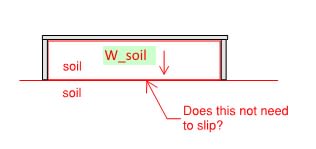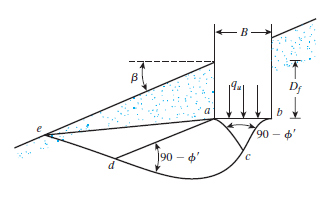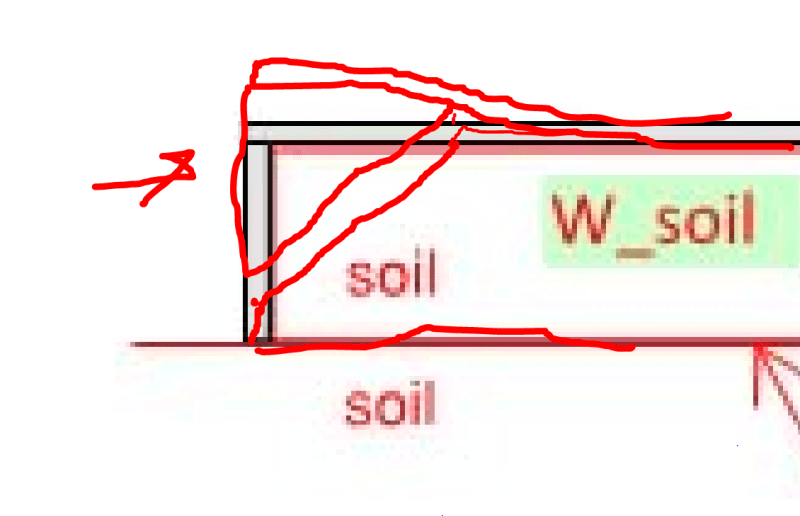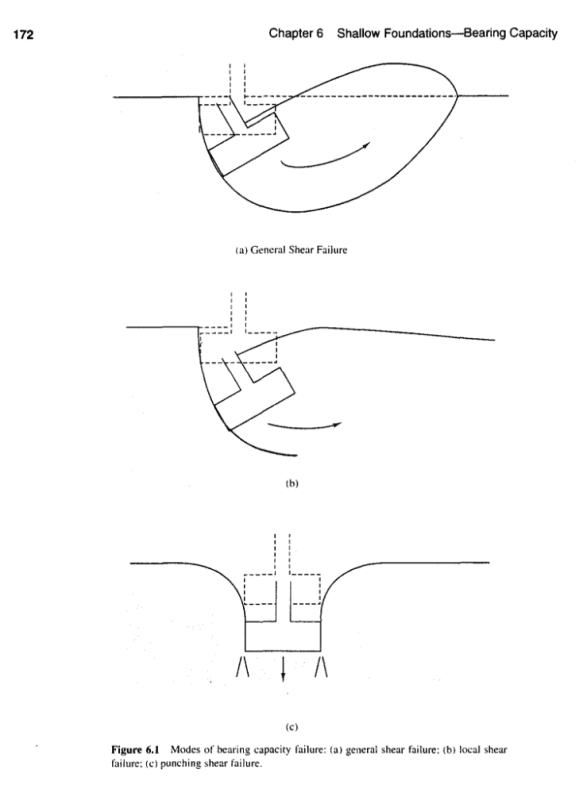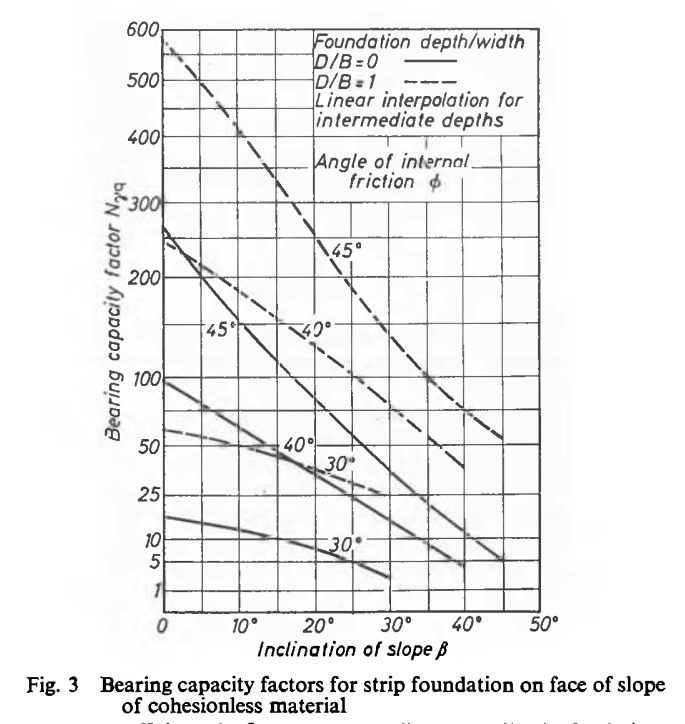Yao1989
Structural
- Jul 10, 2014
- 64

Try to do a quick sliding & overturning check for a house built on a slope.
Pe represents seismic earth pressure
Pa represents active earth pressure
Resisting forces I think will be weight of the house & concreete foundation.
However, my questions is can the soil below the slab on grade but above the bottom of the strip footing (typically 2~3 ft) be considered as force resisting sliding (has to multiply by friction coefficient of course). Technically for the house to move, all the soil below slab on grade but above bottom of the footing will need to overcome sliding before the whole house can move.
Has anyone run into this problem before?

